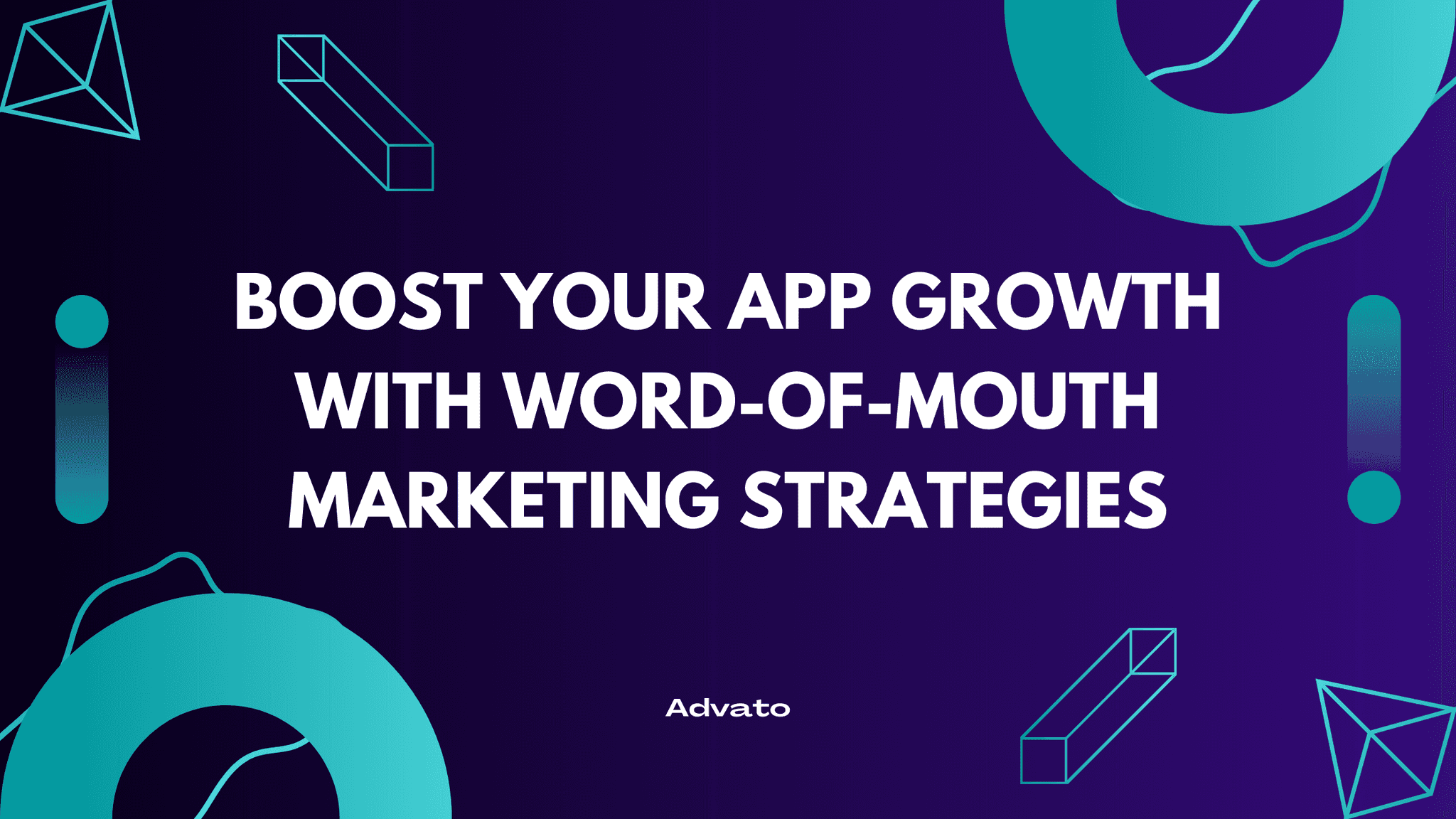Oct 21, 2024
In the mobile app world, success hinges on more than just a great initial concept. Continuous improvement based on user feedback is important for long-term growth and user satisfaction. This article explores how to create effective user feedback loops and use them to enhance your app's performance, user experience, and overall success.
What Are User Feedback Loops?
User feedback loops are cyclical processes where app developers collect, analyze, and implement user feedback to improve their products. This ongoing cycle helps apps evolve based on real user needs and preferences, leading to higher user satisfaction and retention rates.
The Importance of User Feedback
User feedback is invaluable for several reasons:
Identifies pain points: Users can highlight issues you might have overlooked.
Validates ideas: Feedback helps confirm whether new features are actually useful.
Builds user loyalty: Actively listening to users makes them feel valued and heard.
Drives innovation: User suggestions can spark new ideas for improvements or features.
Creating Effective User Feedback Loops
To leverage user feedback effectively, follow these steps:
1. Collect Feedback Strategically
Gathering user feedback is the first crucial step. Here are some effective methods:
In-app surveys: Quick, targeted questions can provide specific insights.
User reviews: App store reviews offer unfiltered opinions.
Social media monitoring: Track mentions and comments about your app.
Customer support interactions: Direct user communication can reveal common issues.
User testing sessions: Observe how users interact with your app in real-time.
2. Analyze Feedback Thoroughly
Once you've collected feedback, it's time to make sense of it:
Categorize issues: Group similar feedback to identify patterns.
Prioritize problems: Focus on high-impact issues affecting many users.
Look for underlying causes: Don't just treat symptoms; find root problems.
Consider user segments: Different user groups may have different needs.
3. Implement Changes Wisely
Turning insights into action is where the magic happens:
Start with quick wins: Implement easy fixes to show users you're listening.
Test before full rollout: Use A/B testing to validate major changes.
Communicate updates: Let users know when you've addressed their feedback.
Monitor impact: Track metrics to ensure changes are having the desired effect.
4. Close the Loop
To maintain an effective feedback loop:
Follow up with users: Thank them for their input and show how it's been used.
Encourage ongoing feedback: Make it easy for users to share thoughts continuously.
Iterate regularly: Keep the cycle going to foster continuous improvement.
Best Practices for Maximizing User Feedback
To get the most out of your user feedback loops:
Be proactive: Don't wait for users to come to you. Regularly seek out their opinions.
Make feedback easy: Reduce friction in the feedback process. The easier it is, the more responses you'll get.
Act quickly: Implement changes as soon as possible to show users their voice matters.
Be transparent: Communicate openly about changes you're making based on feedback.
Balance feedback with vision: While user input is valuable, maintain your app's core vision and purpose.
Incentivize feedback: Consider offering small rewards for valuable feedback to encourage participation.
Use multiple channels: Combine in-app, email, and social media feedback for a comprehensive view.
Common Mistakes to Avoid
While implementing user feedback loops, watch out for these common mistakes:
Ignoring negative feedback: Criticism, while sometimes hard to hear, often provides the most valuable insights.
Over-relying on power users: While their input is valuable, also consider the silent majority.
Implementing every suggestion: Not all feedback should lead to changes. Use discretion and prioritize.
Neglecting to close the loop: Always inform users about how their feedback has been used.
Focusing only on problems: Remember to also ask what users love about your app to reinforce positive aspects.
Measuring the Success of Your Feedback Loop
To ensure your feedback loop is effective, track these metrics:
User satisfaction scores: Use tools like Net Promoter Score (NPS) to gauge overall satisfaction.
Feature adoption rates: Monitor how many users engage with new or updated features.
Retention rates: Track whether improvements lead to better user retention.
App store ratings: Look for improvements in your overall rating and recent reviews.
Customer support volume: A decrease in support tickets can indicate successful problem-solving.
Conclusion: Embracing Continuous Improvement
Implementing effective user feedback loops is not a one-time task but an ongoing commitment to your users and your app's success. By consistently collecting, analyzing, and acting on user feedback, you create a dynamic, user-centered app that evolves with the needs of its audience.
A larger user base often translates to increased user feedback, and for your user acquisition you should look into referral marketing. Implementing a referral program can be a game-changer for your app's growth and monetization strategy. It's a cost-effective way to acquire high-quality users who are more likely to engage with your app and potentially become paying customers.
This is where Advato comes into play. As the easiest way to implement and grow referrals in mobile apps, Advato helps developers and marketers acquire users at a much lower cost while bringing in higher quality users. By leveraging the power of word-of-mouth marketing, Advato enables your existing users to become advocates for your app, driving organic growth and potentially boosting your monetization efforts.
By leveraging user feedback effectively, you're not just building an app; you're cultivating a community of loyal users who feel heard and valued.


